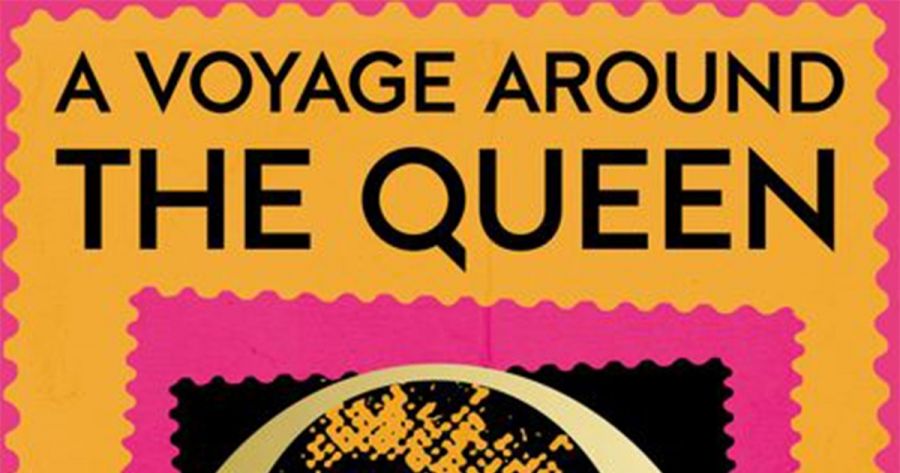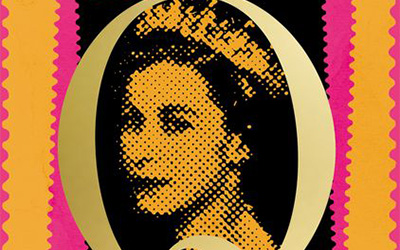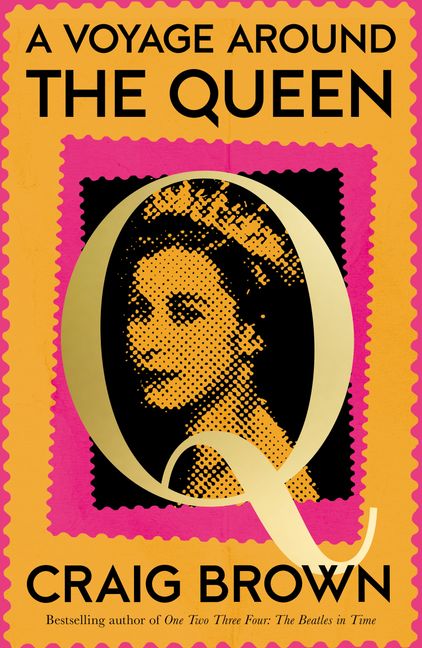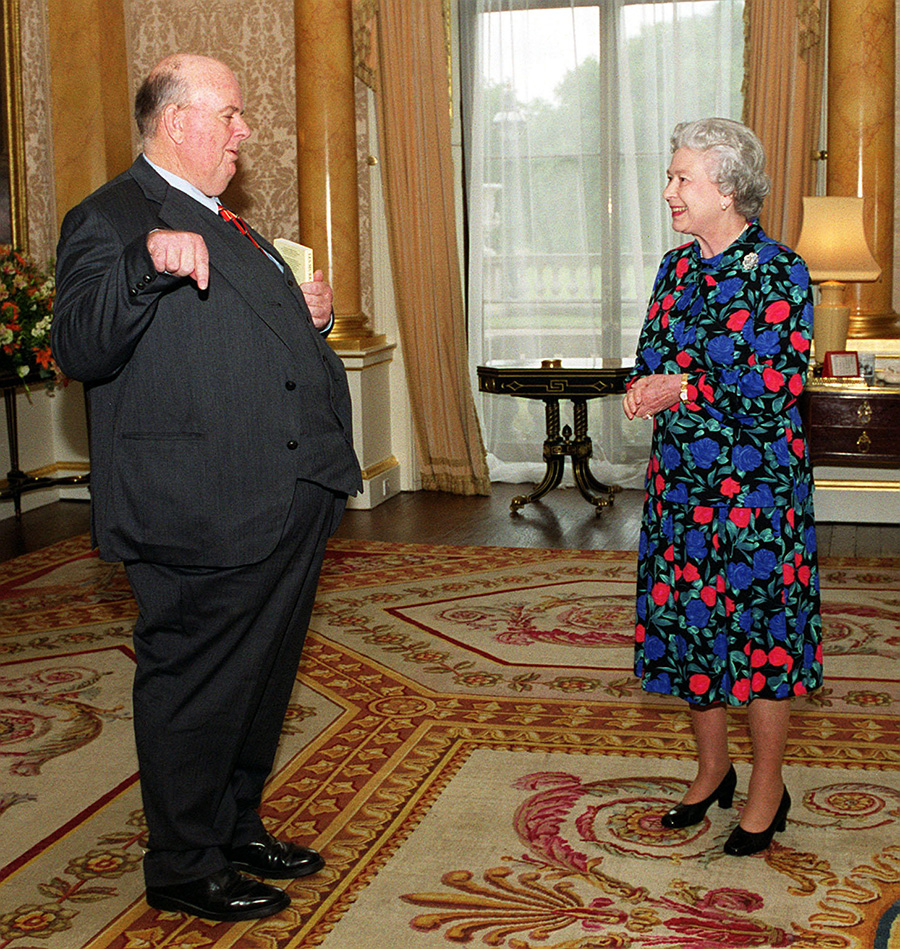
- Free Article: No
- Contents Category: United Kingdom
- Review Article: Yes
- Article Title: ‘Duke um ear orphan’
- Article Subtitle: The oneiric burdens of Elizabeth II
- Online Only: No
- Custom Highlight Text:
A Voyage Around the Queen begins with the announcement in the London Gazette on 21 April 1926 of the birth of Princess Elizabeth Alexandra Mary, and ends with a minute-by-minute account of the goings-on in Balmoral on 8 September 2022, Elizabeth II’s last day on earth. The 650 pages in between document the main events of the queen’s life, but the book is not a biography. As with Craig Brown’s earlier Ma’am Darling: 99 glimpses of Princess Margaret (2017) and One, Two, Three, Four: The Beatles in time (2020), what he has put together is closer to mass observation, but it might also be filed under anthropology (‘the whole institution’, said David Attenborough ‘depends on mysticism and the tribal chief in his hut’), psychology (she was ‘the Queen of the British psyche’, says Brian Masters), or even zoology (Virginia Woolf, Hilary Mantel, and Prince Harry have each, independently, compared the royal family to pandas in captivity). - Featured Image (400px * 250px):

- Alt Tag (Featured Image): Frances Wilson reviews 'A Voyage Around the Queen' by Craig Brown
- Book 1 Title: A Voyage Around the Queen
- Book 1 Biblio: Fourth Estate, $37.99 pb, 662 pp
- Book 1 Cover Small (400 x 600):

- Book 1 Cover (800 x 1200):

- Book 1 Readings Link: https://www.readings.com.au/product/9780008557508/a-voyage-around-the-queen--craig-brown--2024--9780008557508#rac:jokjjzr6ly9m
Many of us, Brown suggests, are more familiar with the royals than we are with our own families. Brown himself knows more about Princess Margaret than he does about his mother. ‘There are even times when I wonder if I know more about the queen and her family than I do about myself,’ he admits. This knowledge includes his physiognomy: while Brown would be pushed to recognise himself in profile across a crowded room, he could instantly point out Princess Anne’s daughter, Zara Phillips, or her husband, Mike Tindall. Our intimacy with the Windsors is such that some people assumed the queen was living, like a mortal, among us. I remembered, while reading this book, how as a child I had thought that my great-aunt Dorothy, a professor of moral philosophy, was also the queen. This is not uncommon, Brown explains. When he was a child, he believed that his nanny moonlit as the queen on her days off. Germaine Greer, meanwhile, thought the queen, who liked TV dinners, was ‘just like my mother in her aged care facility’.
Approaching his subject from every possible angle, Brown divides the book into 112 chapters varying in length and theme and jumping around chronologically. His comic genius lies in his wayward research and the chapters’ juxtapositions. One chapter tells the story of the queen’s doppelgänger, Jeanette Charles, who was besieged all her life by crowds staring at her through café windows and photographing her in cars. The queen herself, on a walkabout, once saw Jeanette and ‘froze’. Another chapter contains a medley of dreams about the queen, including one by Paul Theroux in which they are sitting together on a sofa. Suddenly, she pulls apart the bodice of her gown. ‘Her breasts tumbled out and I put my head between them, her nipples cool against my ears.’ ‘Is that better?’ asks the Queen. Sobbing between her breasts, Theroux is unable to reply.
 Les Murray and Queen Elizabeth II (PA Images/Alamy)
Les Murray and Queen Elizabeth II (PA Images/Alamy)
In a further chapter, Brown imagines the queen describing in her diary an encounter with her youngest son, Edward. ‘Have you come far? she asks, when he knocks on her bedroom door. What follows is an exchange about the traffic of the kind she has with the general public several hundred times a week. The chapter on the Coronation begins like this: ‘An estimated 150 prostitutes will be arriving in the West End in preparation for the Coronation … Grand theatrical events effect people in different ways, and the aphrodisiacal powers of the monarchy remain a neglected field of study.’
The chapter on corgis, Brown admits, was the most challenging to write: ‘Trying to remember all the Queen’s corgis, in the right order, along with their various partners and relations, is like trying to remember Pi to the nearest 83 decimal points, as there are 83 corgis in the family tree.’ One of the funniest chapters offers a mimic’s guide to impersonating the Queen: ‘Duke um ear orphan?: Question to break the ice.’
She must have assumed she was head of an asylum. After all, apart from her husband, the queen had never seen a human being act normally. Nobody was remotely relaxed around her; even her tongue-tied grandchildren bowed and curtsied. ‘It’s you they want to meet,’ said Cyril Connolly, ‘but it’s themselves they want to talk about’, as though the queen were the nation’s psychotherapist. Her effect was accordingly to inspire Freudian free association. Most of those meeting her, Brown writes, said the first thing that came into their heads and kept on talking until being moved on by an equerry. The sign that the queen had had enough of the public’s chatter was when she said ‘how interesting’, but this usually had the opposite effect. Brown himself, meeting the queen when he was a twenty-year-old drama student, found himself summarising for her Brecht’s alienation technique; the more she said how interesting it was, the more detail he went into. This story is told in Chapter 76 in a column running down the left-hand side of the page, as though in a newspaper. On the right-hand side is a second column explaining the psychoanalyst Donald Winnicott’s theory of monarchy. Children, says Winnicott, cope with loss and separation by having transitional objects such as teddies and blankets; the role of the queen is to be the national ‘transitional object’.
The queen, who in fact had a horror of interesting people, did only one interesting thing in her ninety-six years. The story is told in a much disapproved-of biography written by her nanny, ‘Crawfie’. Lilibet, as she was known, was having her French lesson when all of a sudden, ‘goaded by boredom to violent measures’, she picked up ‘the big ornamental silver inkpot and placed it without any warning upside down on her head. She sat there, with ink trickling down her face, and slowly dyeing her golden curls blue.’ So there was a demon inside her all along. Brown additionally points out most women who choose to be followed around the house by ten corgis would be considered highly eccentric.
Is A Voyage Around the Queen an argument in favour of anarchy or of monarchy? Brown’s skill lies in his suspension of tone, presenting both cases at the same time. An observing eye and a walk-on part, he is also a puppet master, choreographing his mountains of material with precision. Sometimes he offers a commentary on his sources; at other times he lets his lethal quotations speak for themselves. Take this, for example, from the Daily Express in 1951, part of a chapter composed of newspaper cuttings about young Prince Charles: ‘Tories as well as Socialists should question the wisdoms of granting to the three year-old Prince Charles an income of £10,000 a year. It’s never good for a young boy to have too much money to spend.’


Comments powered by CComment